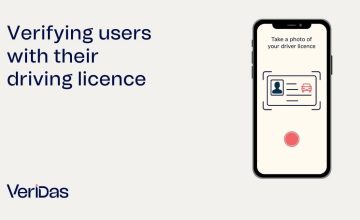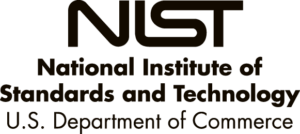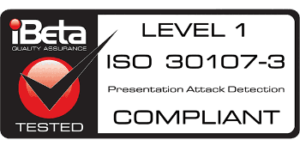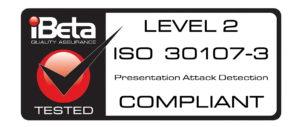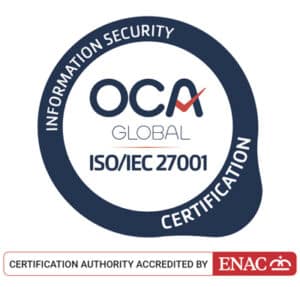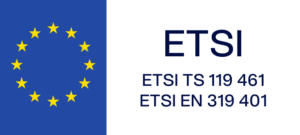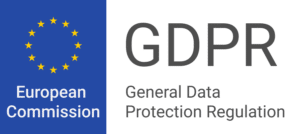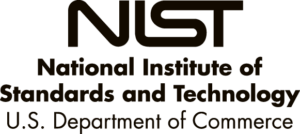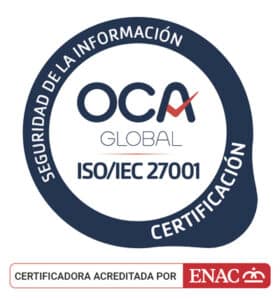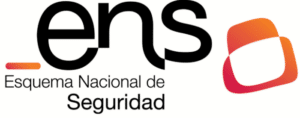In an era where personal data is constantly collected, stored, and monetized by third parties, the demand for privacy, security, and control over digital identities has never been higher. This is where self-sovereign identity (SSI) comes into play—a revolutionary concept in digital identity management that puts individuals in control of their own data.
Unlike traditional identity systems, where information is centrally stored and controlled by governments or corporations, self-sovereign identity empowers individuals to own, manage, and share their identity credentials without relying on intermediaries. It ensures privacy, security, portability, and trust in every interaction—from opening a bank account to accessing public services.
Understanding Self-Sovereign Identity: A Paradigm Shift
Traditional digital identity systems are based on centralized models where your personal data is controlled by the issuing entity (such as a government, bank, or tech provider). This creates vulnerabilities:
- Risk of data breaches
- Lack of user control
- Inability to reuse identity credentials across platforms
Self-sovereign identity flips this model. It gives users ownership of their identity by storing credentials directly on their devices (e.g., smartphones) and enabling them to share only the necessary information with third parties, on demand. No central authority is needed to mediate or store the data long-term.
Key Principles of Self-Sovereign Identity
An effective SSI model is governed by the following core principles:
- User control and consent: The user decides when, how, and with whom to share identity attributes.
- Minimal disclosure: Only the information strictly necessary is shared (e.g., age verification without revealing full DOB).
- Portability: Credentials can be reused across different services and jurisdictions.
- Privacy by design: Personal data remains on the user’s device, minimizing exposure.
- Interoperability: Works across decentralized and traditional systems.
How Does Self-Sovereign Identity Work?
SSI uses decentralized technologies such as blockchain, cryptographic signatures, and digital wallets to ensure trust, security, and auditability without central control.
The basic SSI architecture involves:
- Issuers: Organizations (banks, universities, governments) that verify and issue digital credentials to users.
- Holders: End users who receive and store credentials in their identity wallet.
- Verifiers: Entities that validate the credential presented by the user using cryptographic proofs.
Because these credentials are signed and verifiable but not stored on a centralized database, the risk of identity theft or surveillance is dramatically reduced.
Veridas and Self-Sovereign Identity: Privacy in Action
Veridas is pioneering SSI adoption through its Identity Wallet and Zero Data ID technology. These tools are built to meet the highest standards of privacy, user control, and interoperability across industries.
Veridas Identity Wallet:
- Allows users to store and manage multiple identity credentials (e.g., national ID, driver’s license, age verification) directly on their mobile devices.
- Ensures that no personal data is stored in the cloud or shared without explicit user consent.
- Supports biometric verification to unlock and validate credentials securely.
Zero Data ID:
- A privacy-first authentication model that enables facial biometric access without storing any biometric data on servers.
- Uses a biometric QR code generated during onboarding, which stays solely with the user.
- The authentication is performed entirely on the device, providing maximum protection against misuse and external breaches.
Together, these solutions give users full sovereignty over their identity while enabling organizations to comply with GDPR, eIDAS, and the EU Artificial Intelligence Act.
Real-World Use Cases of SSI
The applications of self-sovereign identity are vast and growing:
- Banking and finance: Secure digital onboarding, KYC, and transaction approval.
- eGovernment services: Access to public platforms without re-entering credentials.
- Travel: Airport identity checks, border crossings, and hotel check-ins with reusable credentials.
- Healthcare: Patient ID and insurance data that remains private and portable.
- Retail and e-commerce: Age verification for regulated goods and services.
With Veridas technology, these use cases are already live in industries ranging from banking to public administration and entertainment.
Why SSI Matters in the Age of AI and Cyber Risk
As biometric systems, AI, and cloud-based platforms continue to proliferate, the risks to user privacy and identity security multiply. Self-sovereign identity offers a powerful framework to counterbalance these risks.
- It eliminates the need to store sensitive data in vulnerable databases.
- It gives users confidence that their identity will not be exploited or commercialized.
- It allows for fast, user-friendly, and compliant identity verification.
In short, SSI redefines digital trust by returning identity control to its rightful owner: the individual.
Final Thoughts
The shift toward self-sovereign identity is a cornerstone of the new digital identity landscape. By enabling privacy-preserving, user-controlled, and verifiable credentials, SSI enhances trust and security across sectors.
With innovations like Veridas’ Identity Wallet and Zero Data ID, organizations can now adopt an SSI framework that protects individuals while simplifying identity processes at scale.
Ready to empower your users with digital identity they can truly own?







